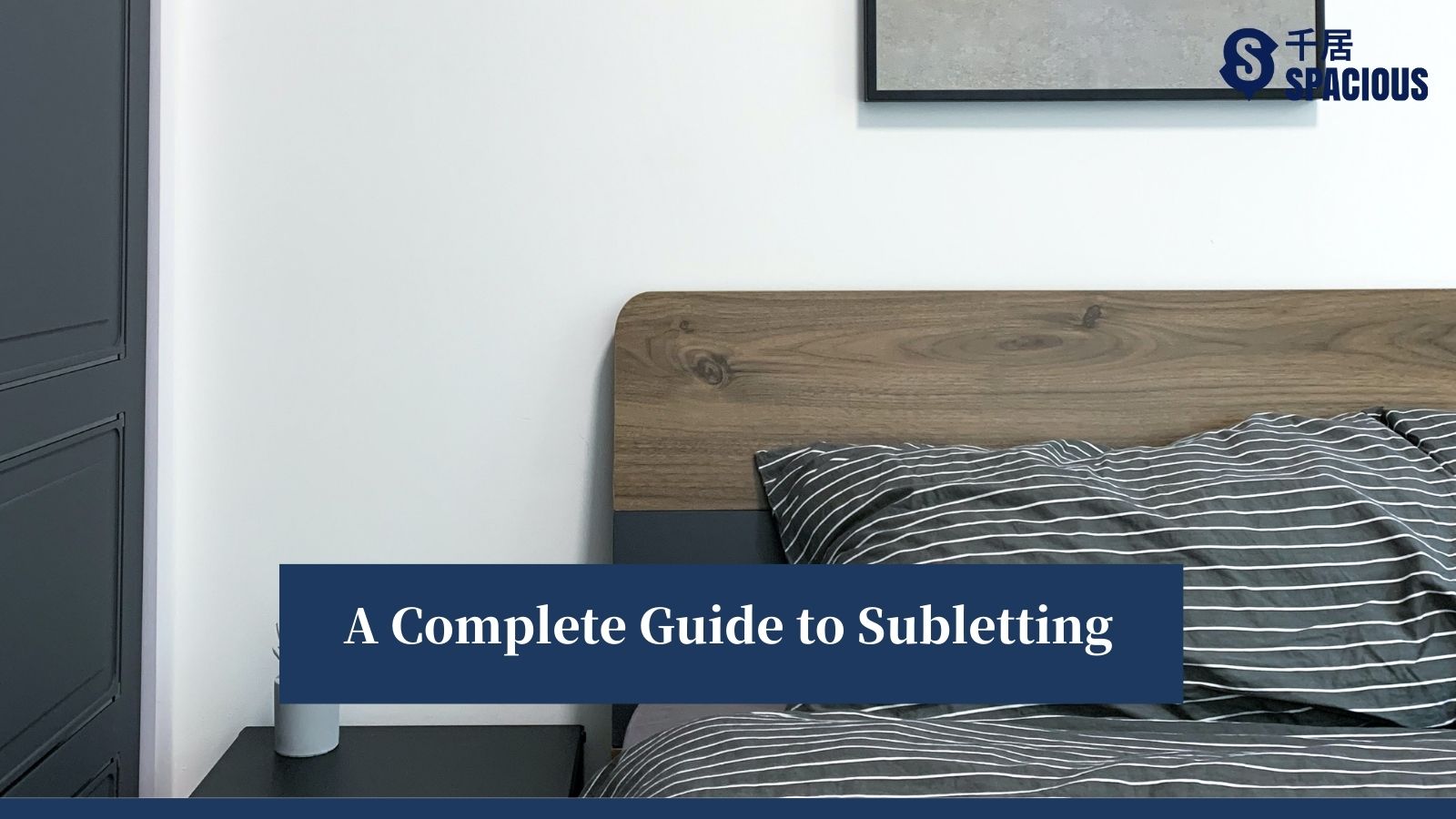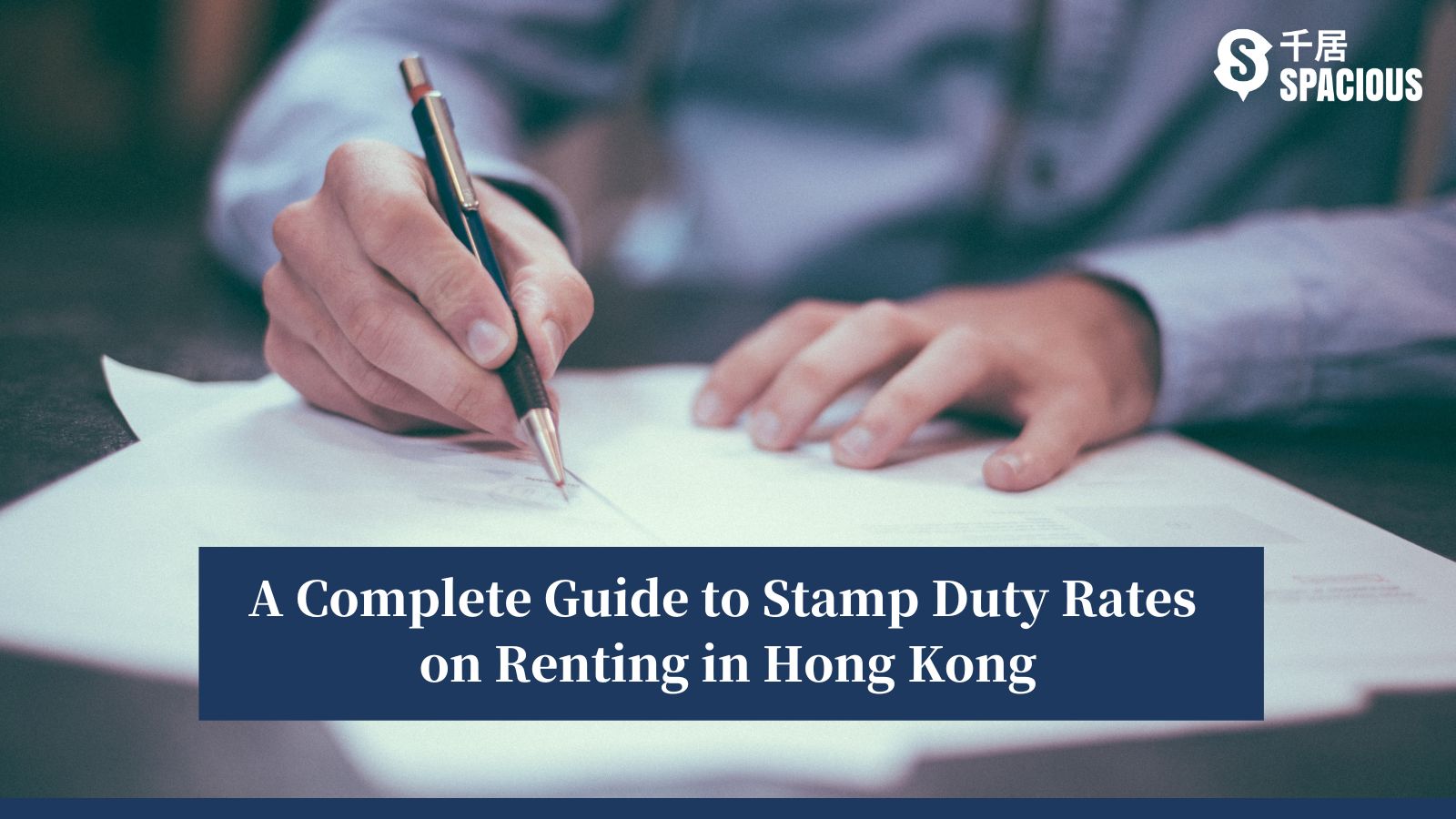
Renting in Hong Kong is expensive. If you want to have some private space, one possible way is to look for roommates to share the rent.
Shared renting is common among young professionals. They often choose the tenement buildings across Hong Kong Island and Kowloon. In recent years, the trend also spread to large-scale estates in the New Territories. These locations are favoured by those who frequently travel between Hong Kong and mainland China.
But if the unit is shared by several tenants, who is responsible for signing the lease? There are generally two ways for shared renting. One is for each tenant to sign a lease directly with the landlord. The other is for one tenant to sublet the unit and sign a subletting agreement with the other tenants. This article mainly focuses on the latter one.
Jump to: Main Lease v.s. SubleasecPrincipal Tenants v.s. Sub-tenants | Presenting the Main Lease | Subletting without the Landlord’s Consent | Subletting Prohibited by Mutual Deed of Conveants | What if the Main Lease is Terminated? | Rental Period of less than 28 Days
Main Lease v.s. Sublease
The landlord rents the unit to a tenant, who then rents out the individual rooms. This practice is known as subletting. The tenant who subleases the rooms is commonly referred to as a principal tenant.
The landlord and the principal tenant sign a tenancy agreement, which is referred to as the main lease. The principal tenant then subleases the rooms to individual sub-tenants, and these agreements are known as sublease.
The sublease is based on the main lease and include additional terms that the principal tenant and the sub-tenants negotiate. For example, the main lease may require two months’ notice before vacating the unit, but the principal tenant may shorten this to one month to accommodate the needs of the sub-tenants.
Principal Tenants v.s. Sub-tenants
A principal tenant can be one of the residents in the sub-divided unit or someone who has another residence and is simply employed by the landlord to manage the property.
The principal tenant can require sub-tenants to comply with the terms of the main lease and incorporate them into the sublease. If a sub-tenant violates any terms of the agreement, the principle tenant can act accordingly based on the sublease agreement and ask for compensation from subtenants.
Find or sell properties on Spacious
Presenting the Main Lease
It is not necessary for the principal tenant to show the main lease to the sub-tenant, but the main lease covers important terms agreed by the principal tenant and owner, such as the the area being rented, rental period and subletting rights, etc.
Let’s say the main lease allows the principal tenant to rent out the interior of the unit only, renting out the unit along with the rooftop will be inappropriate. Alternatively, the main lease may only allow for a one-year rental period. If the principal tenant signs a two-year lease with the sub-tenant, the sublease agreement is invalid.
Sub-tenants should insist on getting a copy of the main lease from the principal tenant. If the original rental amount is refused to disclose, the principal tenant can cover it when making a photocopy.
It is essential to read the terms of the main lease, which can tell sub-tenants about the rental period, scope of rented area, subletting rights, as well as the owner’s names, which should match the records in the land register.
In addition, the sublease agreement should clearly indicate the portion of the property being sublet, such as the bed number or room, and should indicate the common areas shared by other tenants, such as the kitchen and bathroom.
Subletting without the Landlord’s Consent
Is it illegal for the tenant to sublet the property without seeking the landlord’s consent if the lease doesn’t explicitly prohibit subletting?
The majority of standard lease agreements explicitly prohibit subletting by tenants. If the lease agreement has no restrictions on subletting, the tenant has the right to dispose of the unit at will, including subletting the room or temporarily subletting the unit when leaving the city, as long as they do not violate other clauses.
In fact, it is not easy for the landlord to prove that the unit has been sublet. Lease agreements prohibit landlords from interfering with the tenants, who have the right to live with others, share, occupy or use the property freely. Without actual evidence such as a signed sublease agreement, it is difficult for the landlord to identify whether the tenant is cohabiting with others or subletting.
A sub-tenant should determine whether the subletting is approved by the landlord. Ideally, it is best for all parties (the landlord, principal tenant and sub-tenant) to be aware of their contractual obligations. This can avoid any disputes that may affect the sub-tenant’s living or result in eviction.
Find or sell properties on Spacious
Subletting Prohibited by Mutual Deed of Conveants
In addition to obtaining the consent of the owner, it is also important to check whether the Mutual Deed of Conveants (MDC) contains clear terms prohibiting the subletting of rooms.
However, it is difficult for the property management company and the owner’s registered corporation to determine whether a tenant is subletting or cohabiting. Even if the MDC does not allow it, it is difficult to take further actions.
What if the Main Lease is Terminated?
Subleasing rights are derived from the main lease agreement, so when the main lease is terminated, the sublease agreement becomes invalid and sub-tenants must return the property.
In other words, if the principal tenant terminates the main lease earlier than the specified lease term, the sub-tenants must also vacate the unit.
The sub-tenants can apply to the Court of First Instance for an exemption and request a “vesting order” to occupy the unit on behalf of the principal tenant until the remaining lease term ends.
Rental Period of less than 28 Days
One of the benefits of subletting is that the rental period can be flexible. However, the rental period cannot be less than 28 days, otherwise the owner must apply for a guesthouse license for the property.
If you urgently need short-term housing, try to avoid these sublet rooms from principle tenants. They may claim to leave Hong Kong for a few weeks and do not want to pay rent for an empty room. so they sublease the unit to others at a lower price.
There are two issues here. First, it is subletting, which involves complicated legal procedures. Second, if the rental period is less than 28 days, the new tenant is essentially staying in an unlicensed guesthouse.
You can consider renting serviced apartments, which have flexible rental periods and guaranteed quality and you are able to move in right away.
If you need a longer-term single occupancy, shared living space is also a good option. The check-in procedures for shared living spaces are simple, and facilities are comprehensive. They also regularly hold exclusive cultural and entertainment activities for a supportive housing experience.
If you are searching for a property across different neighbourhoods, go to Spacious to discover a wealth of properties listed for sale.
Find or sell properties on Spacious









